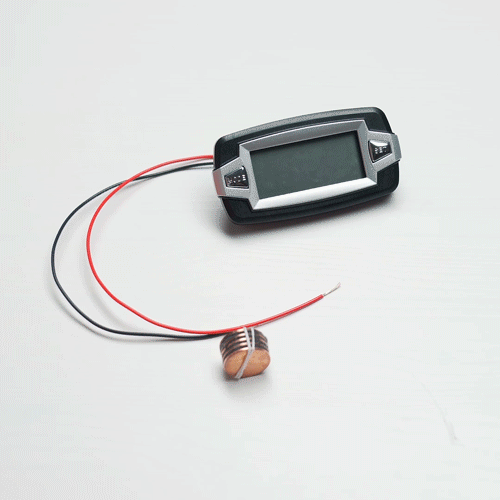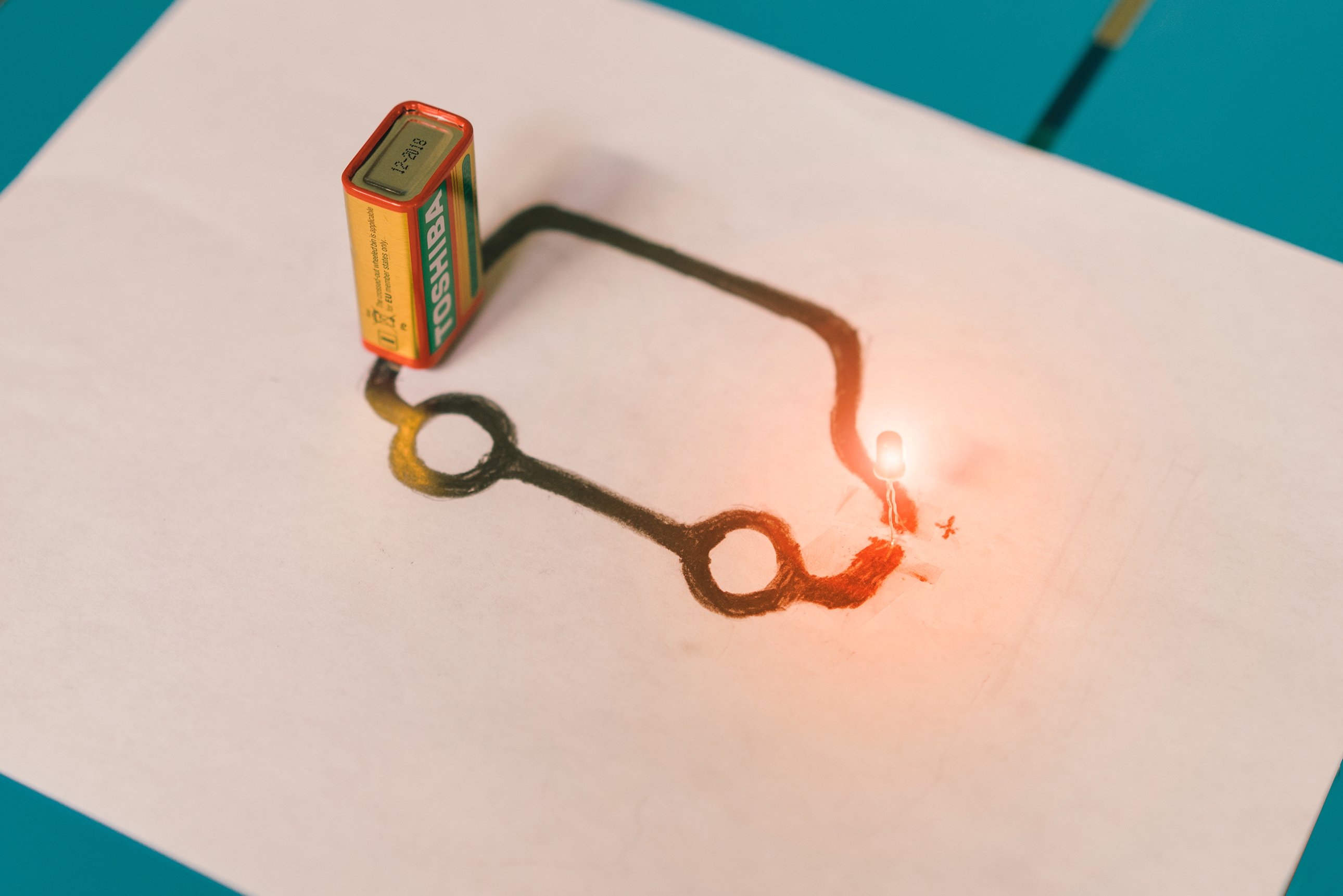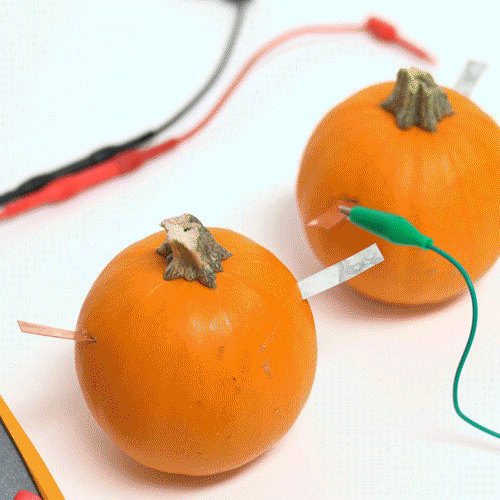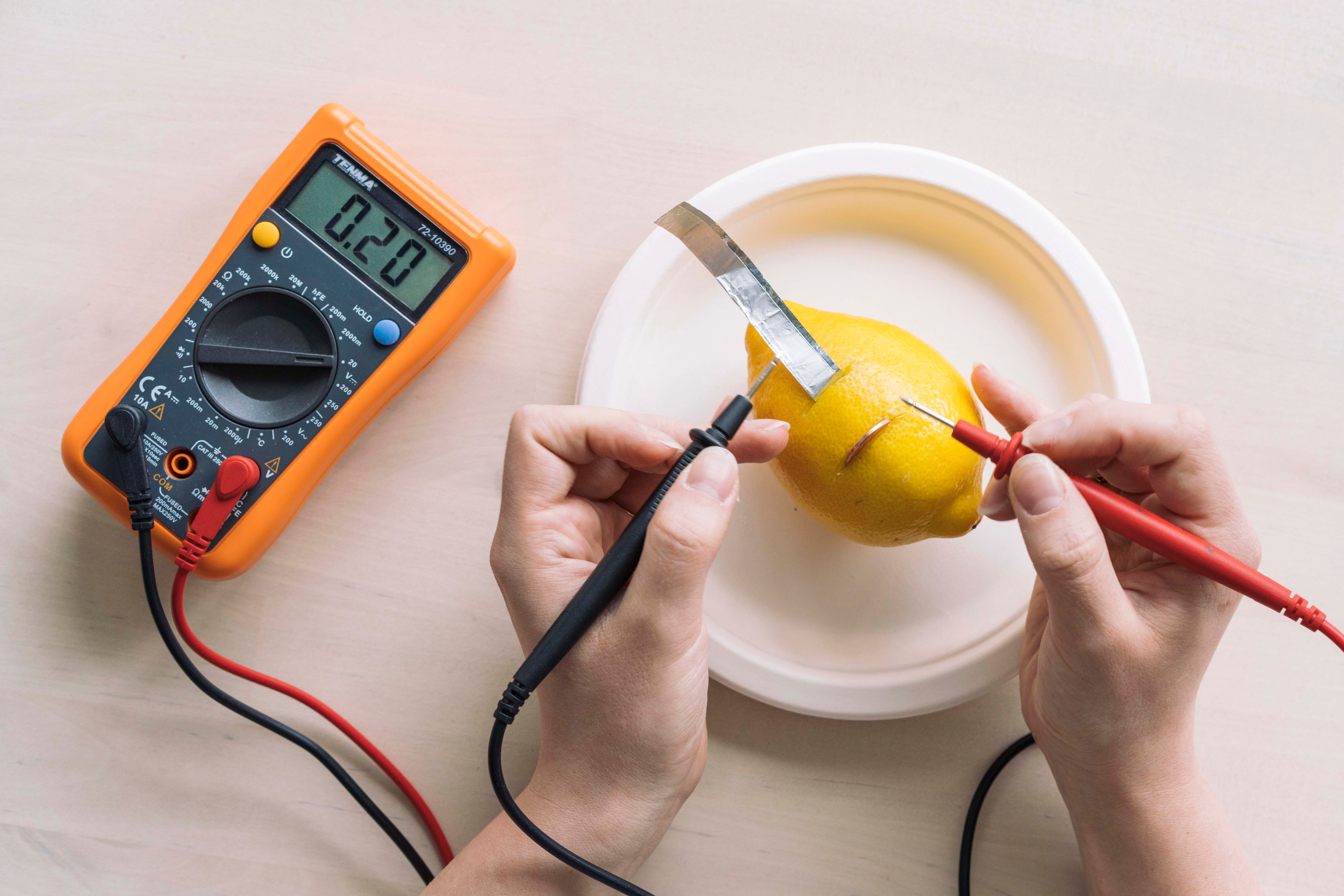- Penny Battery
(Ages 9-16)
Learn about electrochemical cells and make a battery using pennies, felt, and a salt water solution. Then, power a digital clock with it!
- Graphite Circuit
(Ages 9-16)
Can you complete an LED circuit using a graphite pencil? Learn about the conductive properties of graphite and draw your own design to see it light up!
- Pumpkin Battery
(Ages 5-16)
Harness the power of pumpkins with a pumpkin battery and see how many volts it can produce!
This project is pretty similar to another DIY we’ve featured, the Lemon Battery. Just like with the lemon, pumpkins have acidic juices inside that help transport electrical energy. Lemons are more acidic, so that’s why they’re the normal go-to for building batteries. For fall time, here’s how to do the same thing with pumpkins!
Learn how to make a pumpkin battery!
- Lemon Battery
(Ages 5-11)
The potato battery is a classic but did you know that you can also make a battery out of a penny and lemon? In fact, there are a bunch of household items that can be made into batteries! In this project, we test a penny and lemon to see how many volts it can produce!
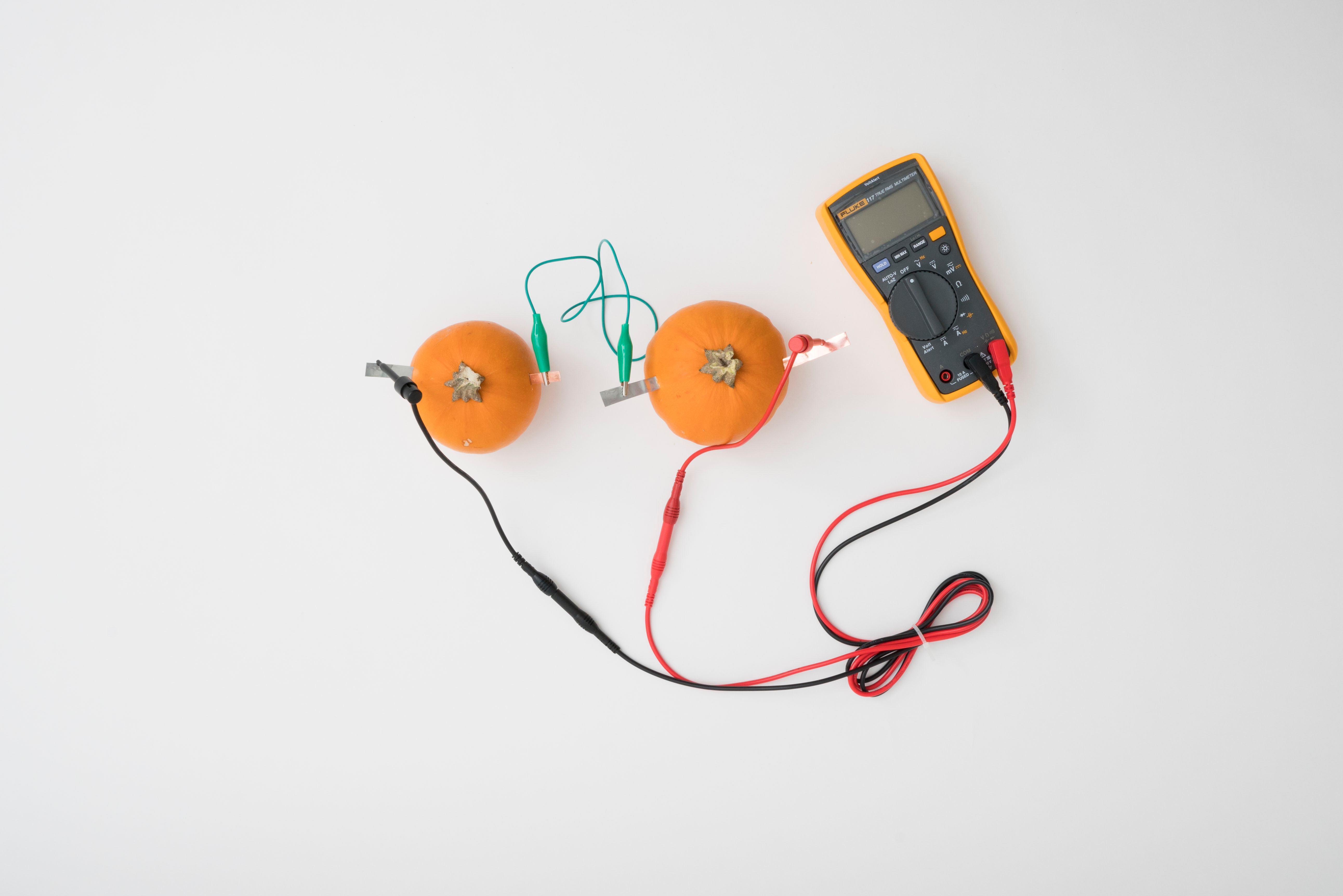
4 Shockingly Simple Battery Experiments
How many pumpkins would it take to power a lightbulb? We don't know, but we want you to find out! These simple experiments make great elementary science projects, and are a fun way to teach your child the basics of conductivity and electricity. Turn two pumpkins into a low voltage battery, measure the conductivity of a lemon, use graphite and paper to create a closed circuit, or power a timer with a stack of pennies!
